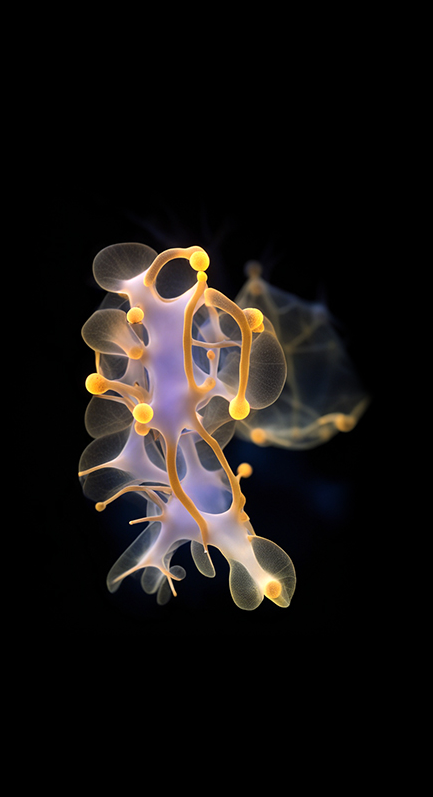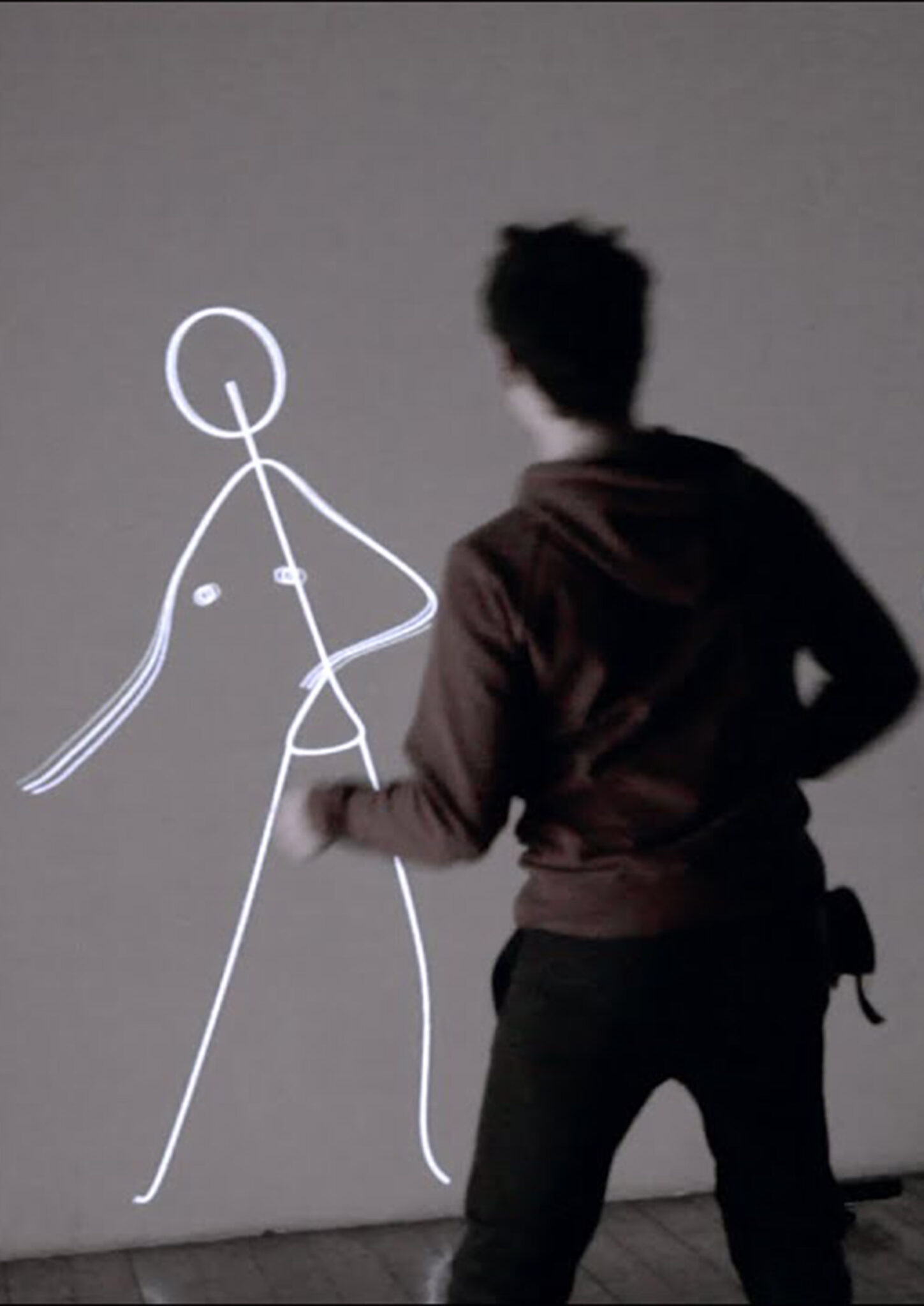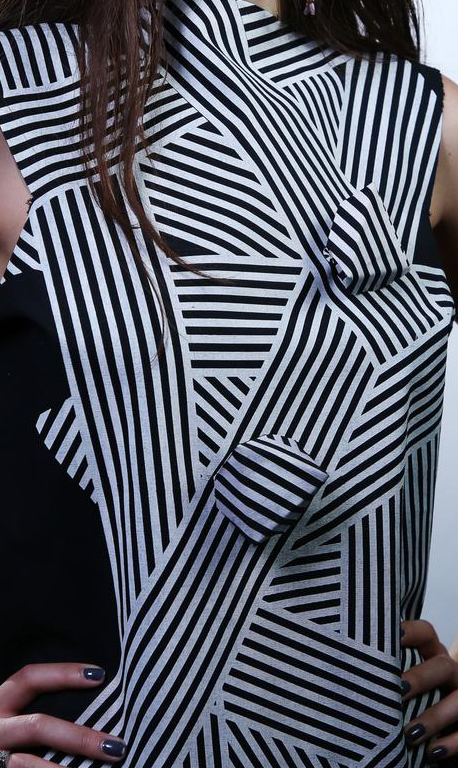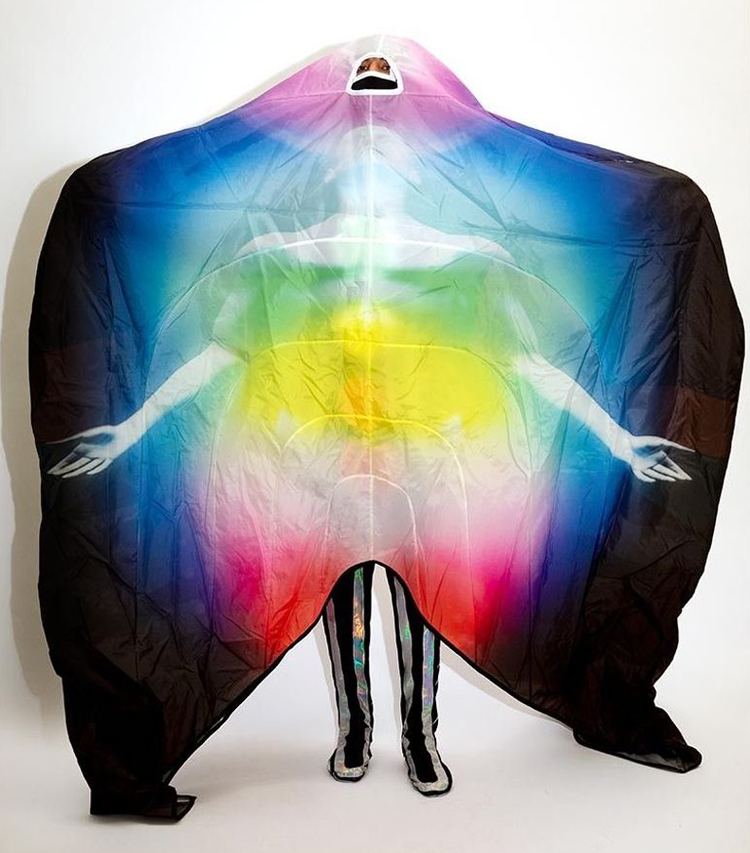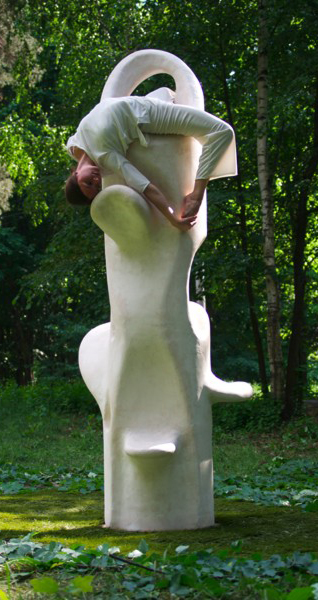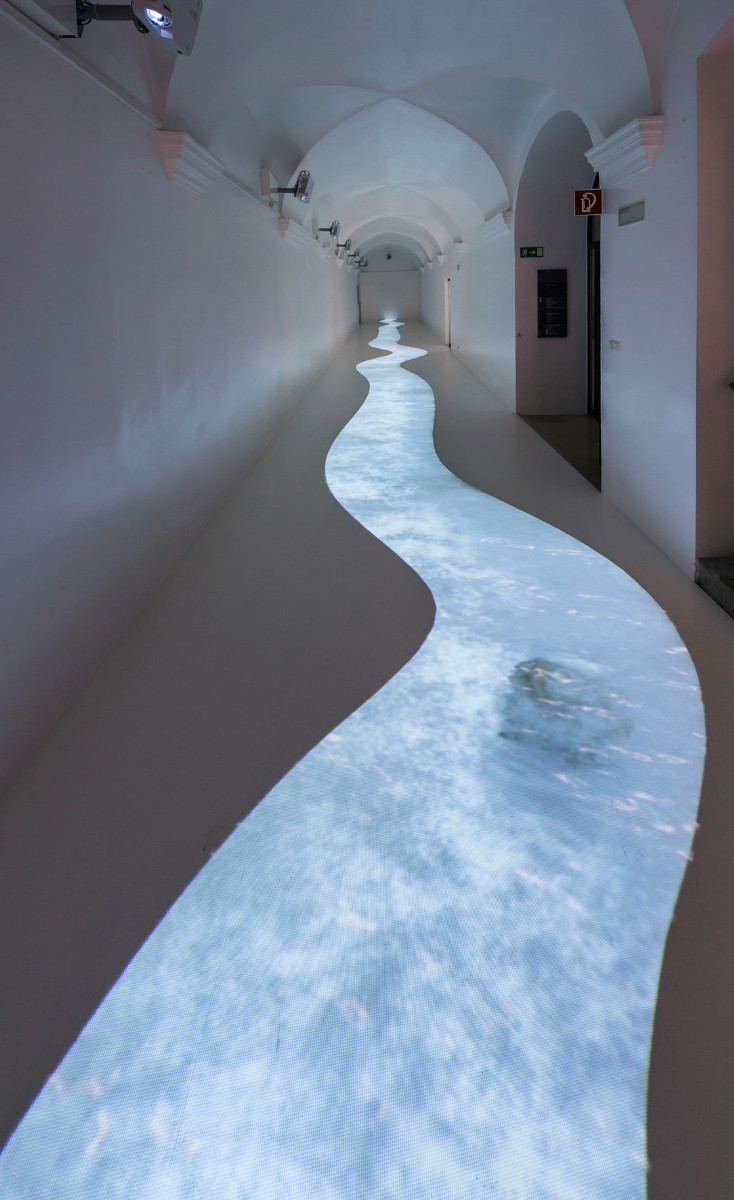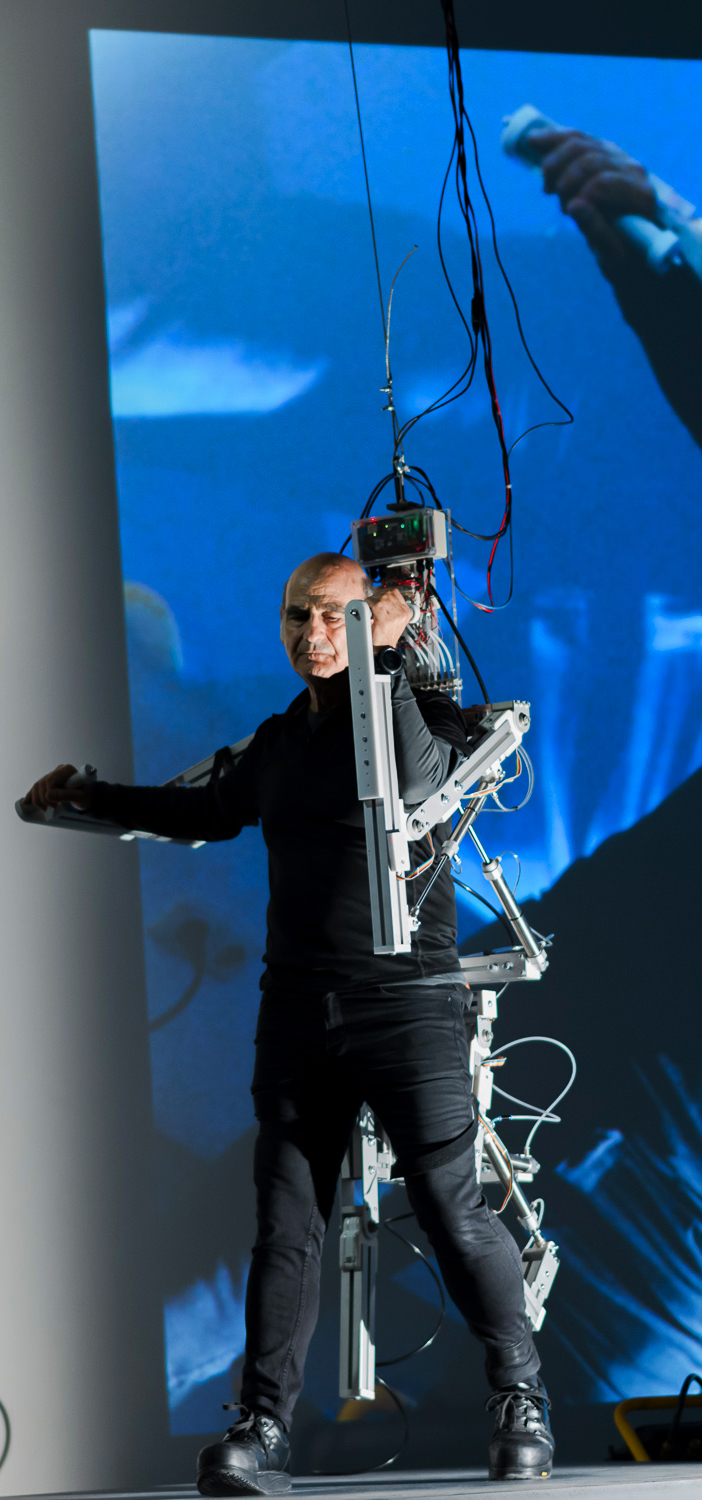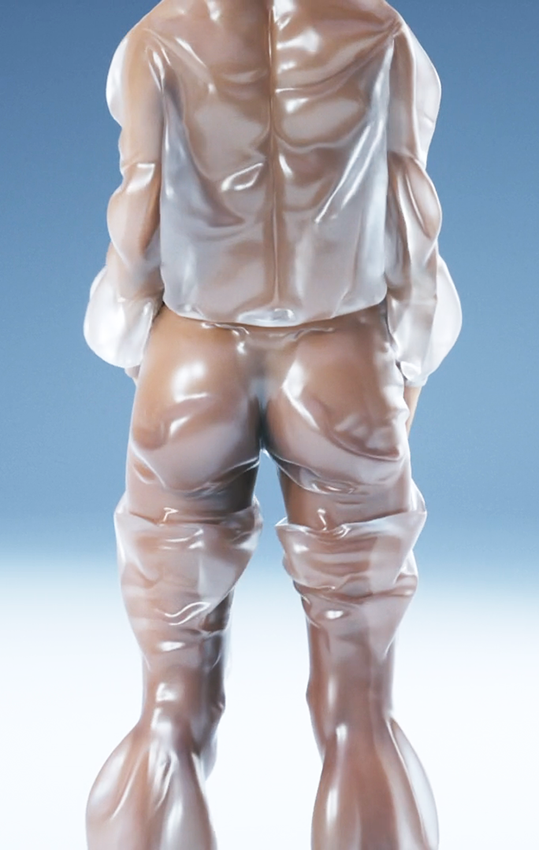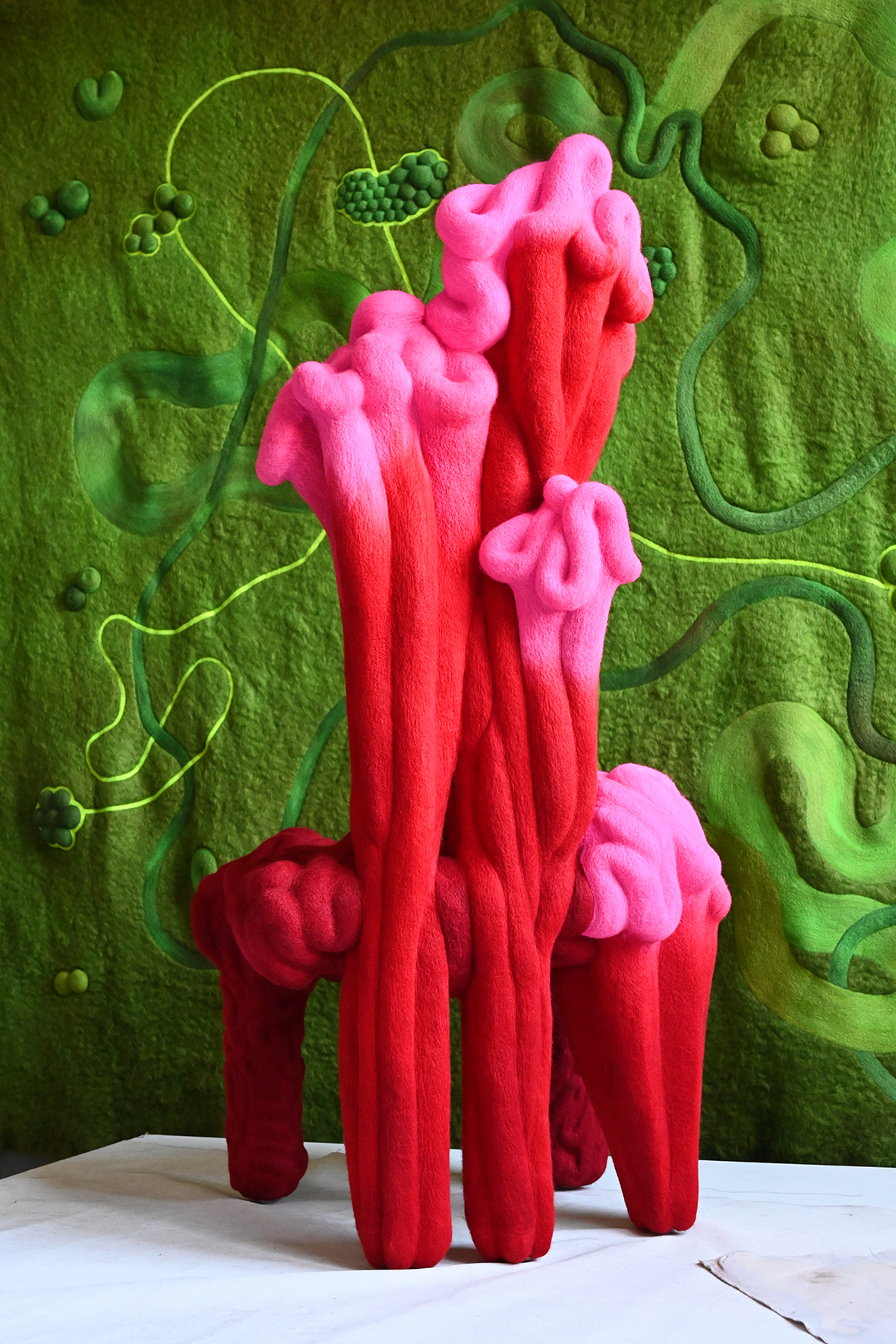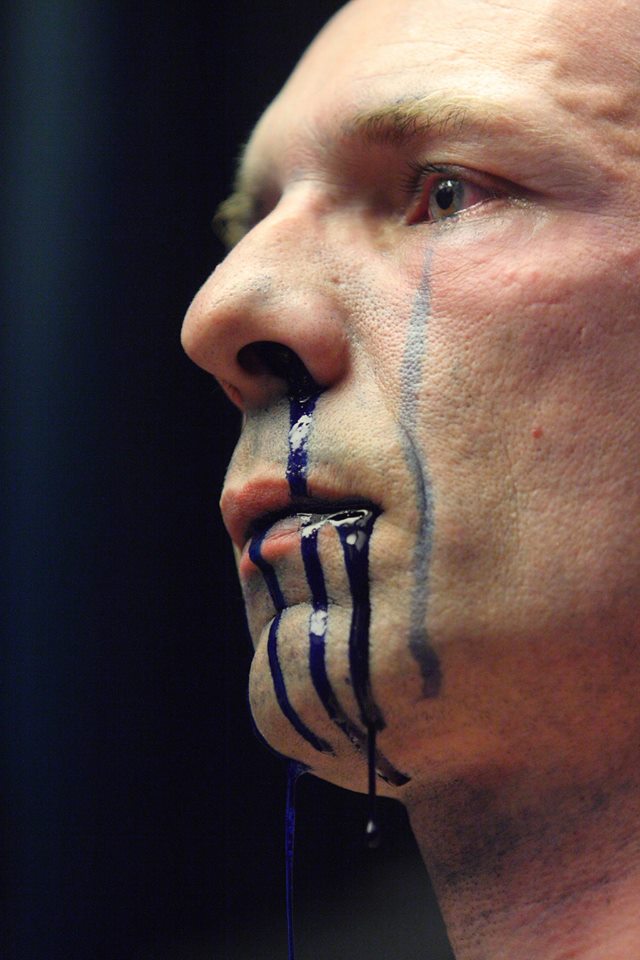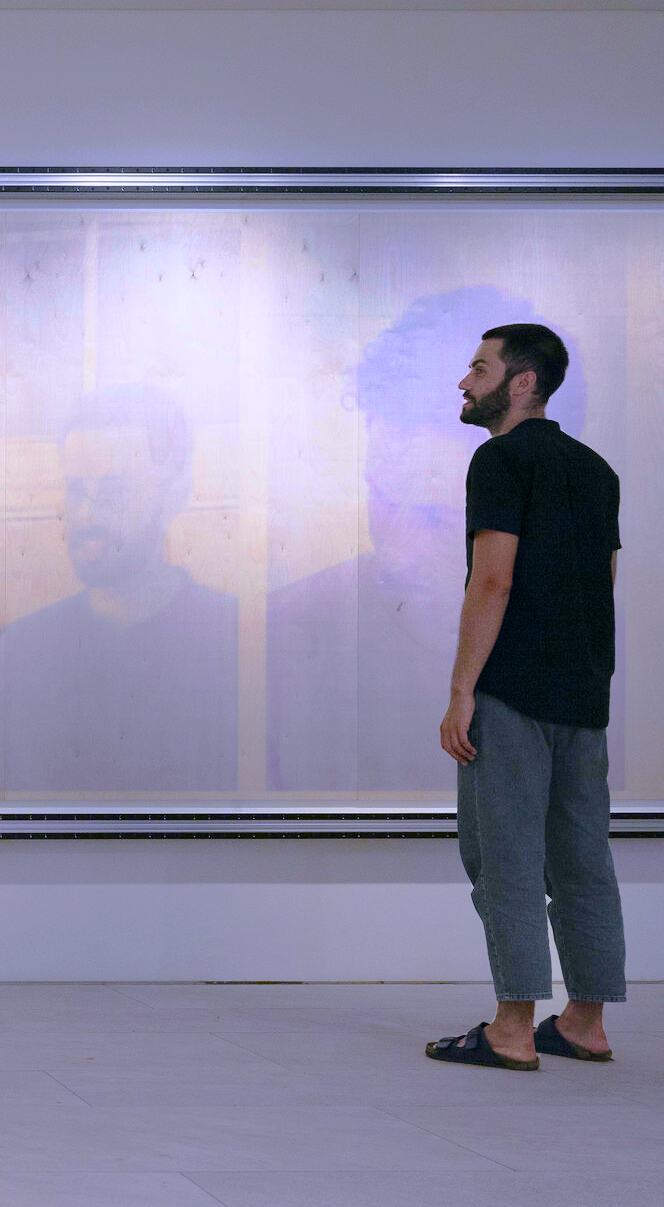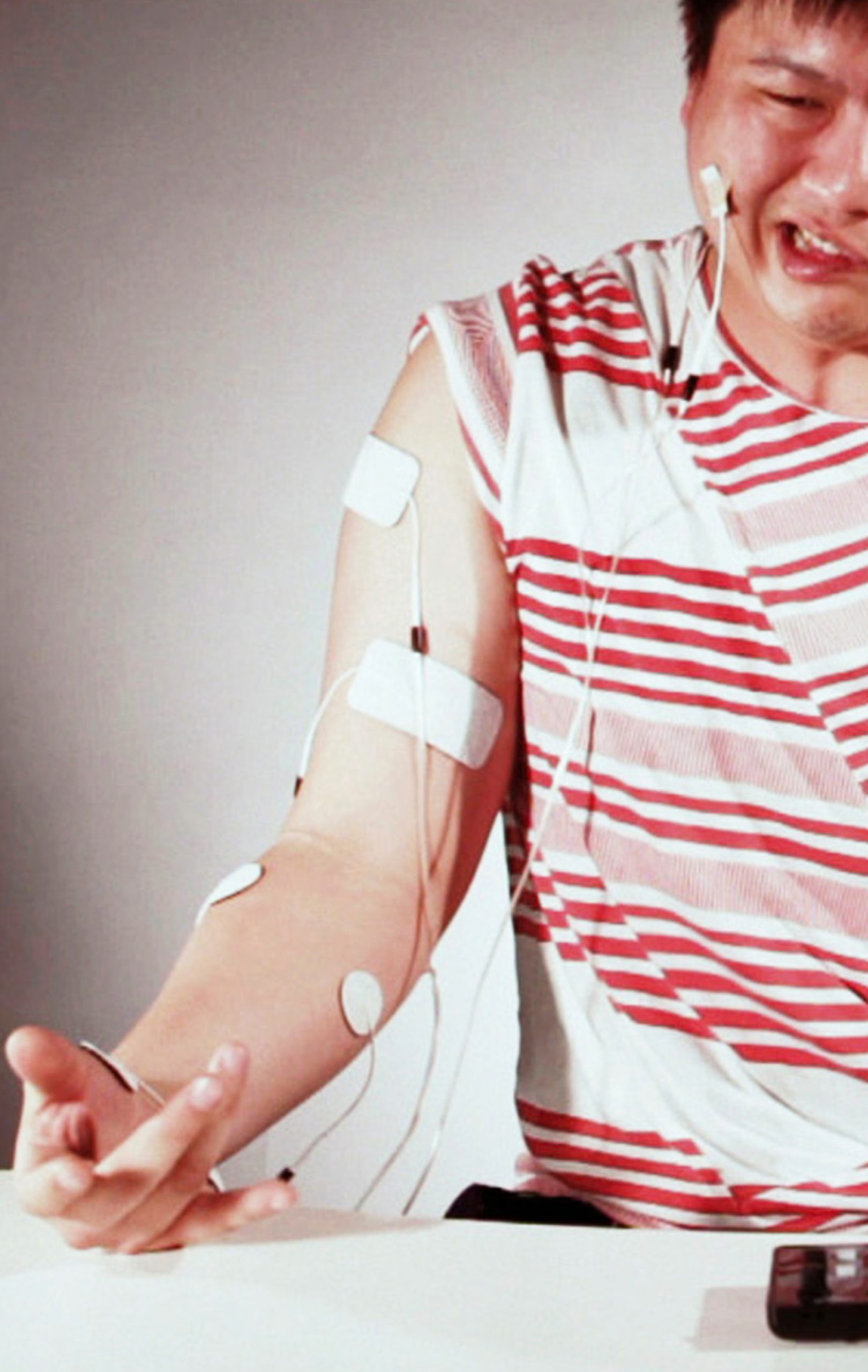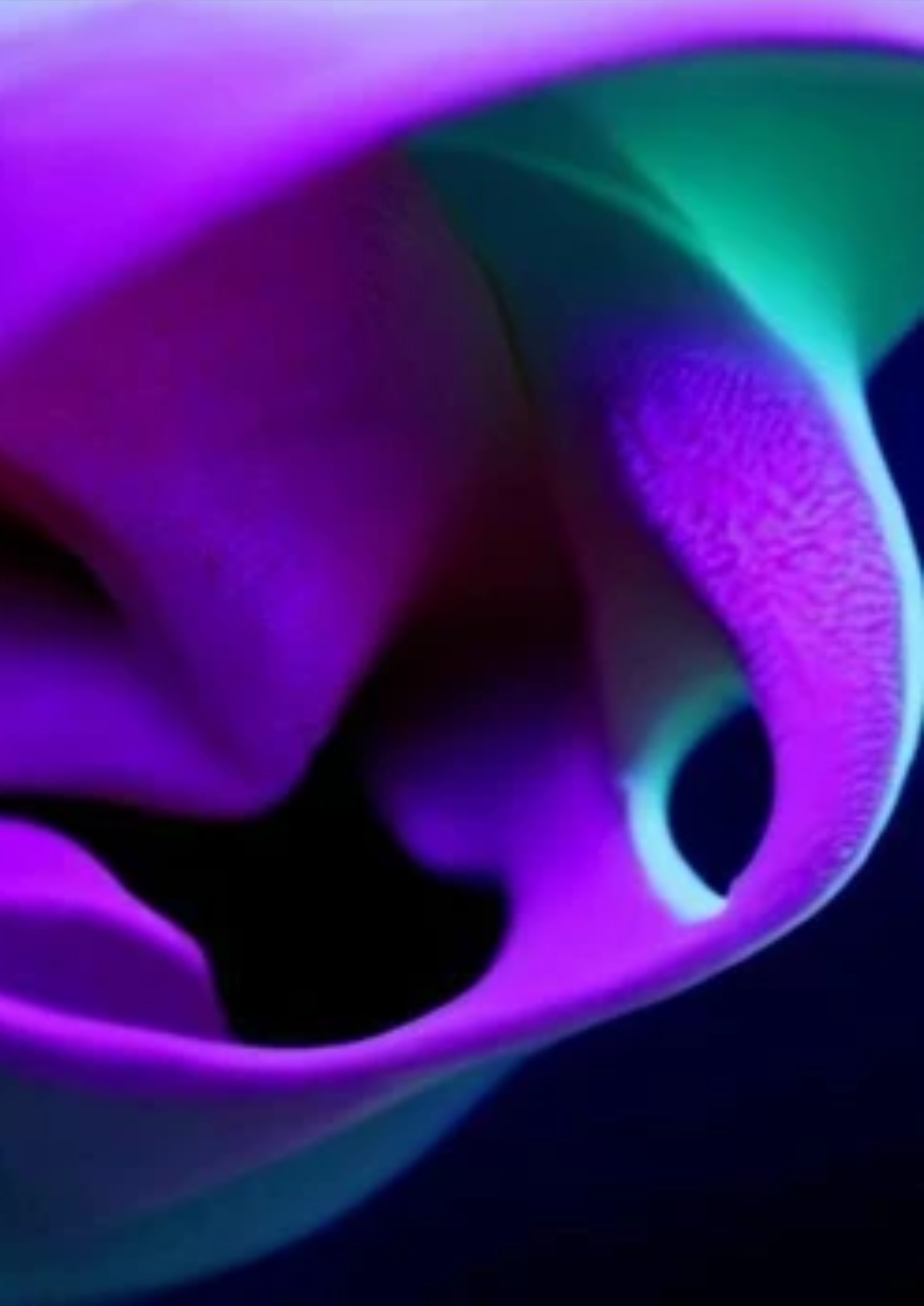
SYNTHETIKA: Jon Chambers
Approximations of a Body Part
Jon Chambers
FILE São Paulo 2025 | Videoart
Festival Internacional de Linguagem Eletrônica
Approximations of a Body Part – Estados Unidos
Um experimento de aprendizado de máquina que utiliza saídas de modelos personalizados treinados com escaneamentos corporais em 3D e os reaproveita como entradas para outros modelos. Após alguns ciclos, os vídeos resultantes retratam ecos distantes — aterrorizantes, sedutores e inquietantes — do corpo original.
BIO
Jon Chambers é um artista e educador radicado em Nova Orleans. Seu trabalho investiga como negociamos nossas vidas físicas e virtuais, destacando um senso de identidade fragmentado na tentativa de fundir ecos díspares de referências em algo coerente, diante da dificuldade de se manifestar ou se orientar em meio à sobrecarga de simulações e aproximações.
